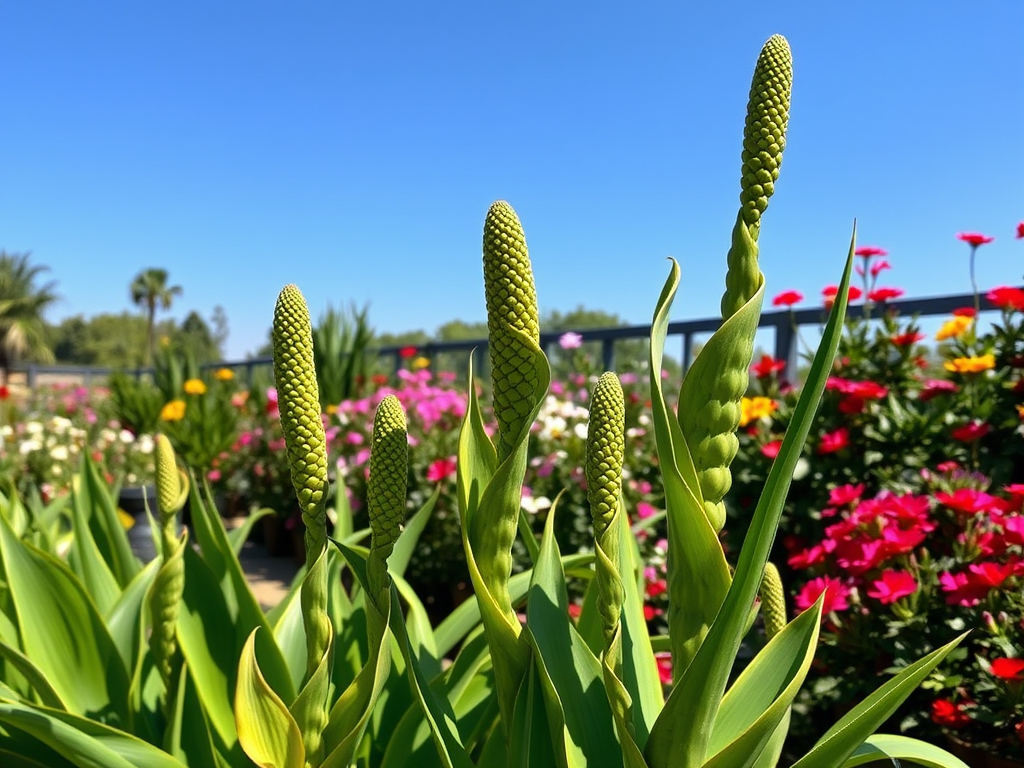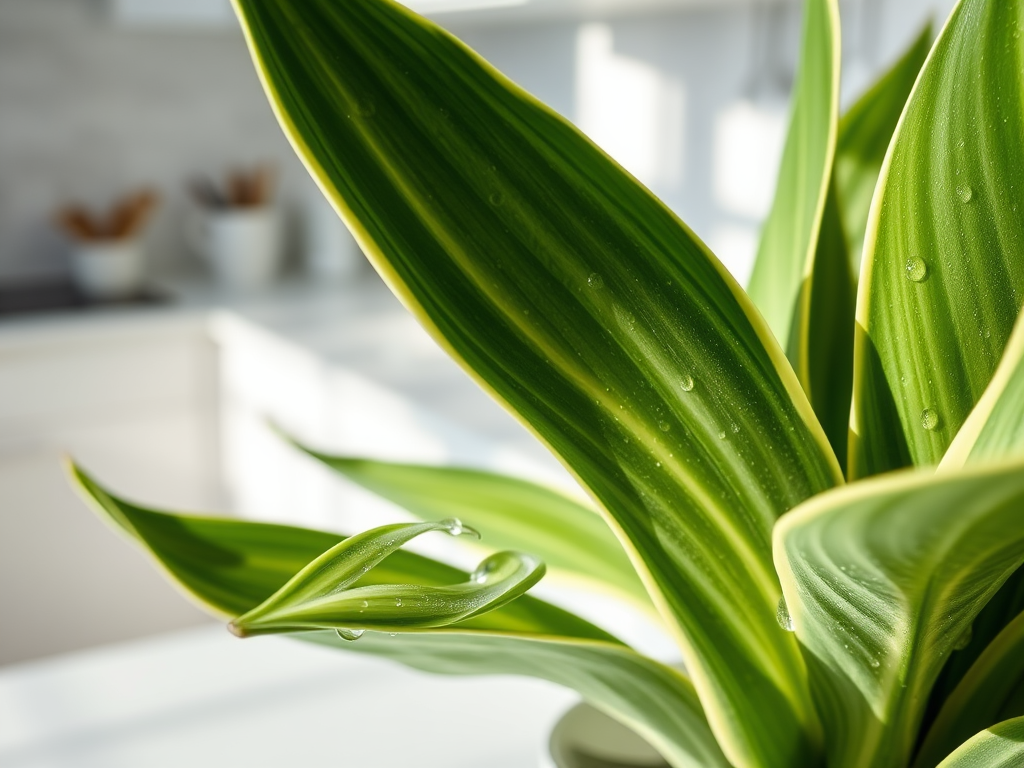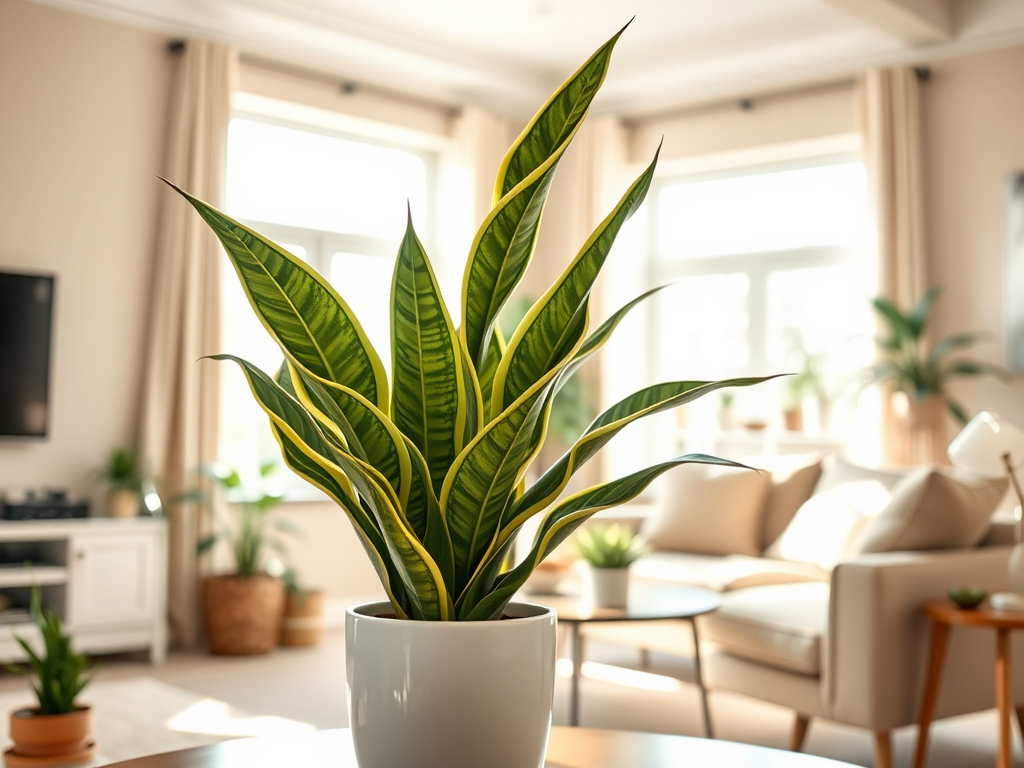Snake plants, known scientifically as Sansevieria, are renowned for their resilience and air-purifying abilities. With their striking architectural leaves, these plants not only enhance your home decor but also improve your indoor air quality. However, navigating their care throughout the year can be a tad perplexing. Each season comes with its own unique challenges and opportunities that can either support your snake plant’s health or bring about its decline. Understanding these seasonal needs is crucial because improper care can lead to issues like yellowing leaves or stunted growth, which could easily be avoided. In this comprehensive guide, we will delve into the essential aspects of caring for your snake plants across the changing seasons. So, let’s get started with how to keep these hardy houseplants thriving, no matter what Mother Nature throws your way!
Spring Care for Snake Plants

As the frost melts away and the days grow longer, snake plants enter their growth phase. This is the time for rejuvenation, where your plant’s energy is maximized. During this season, you can take specific actions to support their new growth. To start with, ensuring the right watering routine is essential. With the temperatures warming up, you may notice your snake plants demanding a bit more water than usual. However, be cautious, as too much moisture can lead to detrimental root rot.
Watering and Fertilizing
In the spring, increase your watering frequency as the plant is more actively growing. Here are a few pointers for proper watering and fertilizing:
- Check the soil moisture before watering; the top inch should be dry.
- Use distilled or room temperature water to avoid shocking the plant.
- Fertilize with a balanced, diluted liquid fertilizer every 4-6 weeks to support robust growth.
Repotting Tips
Spring is also an ideal time for repotting your snake plants. Check for signs of root binding, such as roots growing out of the drainage holes or the plant becoming top-heavy. If you see any of these signs, it might be time for a larger pot. Choosing a pot that is only a size larger can prevent overwatering issues. It’s also an excellent opportunity to refresh the potting soil, ensuring it is well-draining to support healthy growth.
Summer Care for Snake Plants

During summer, the heat and humidity present specific challenges for snake plants. While they generally prefer warmer temperatures, excess heat can stress them, making careful attention necessary. It’s essential to monitor their exposure to direct sunlight, as prolonged exposure may scorch their beautiful leaves. In addition to light management, watering practices will also need to be evaluated. There’s a fine balance to maintain during this season, particularly since some days may be much hotter than others.
Light and Temperature
To ensure optimal growth in summer, consider the following:
- Avoid placing snake plants in direct sunlight for extended periods.
- Maintain an optimal temperature range between 70°F to 90°F for the best performance.
- Consider using sheer curtains to filter harsh sunlight when placing near windows.
Watering Frequency
In the summer months, you’ll want to keep an eye on your watering needs closely. Here are some guidelines:
- Water when the top inch of soil is completely dry.
- Look out for signs of underwatering, like wrinkled or droopy leaves.
- Adjust your watering schedule according to the humidity and temperature.
| Season | Watering Frequency | Fertilizing |
|---|---|---|
| Spring | Every 1-2 weeks | Every 4-6 weeks |
| Summer | Every 1-2 weeks | Every 4-6 weeks |
| Fall | Every 2-3 weeks | Optional |
| Winter | Once a month | None |
Fall Care for Snake Plants
As fall approaches and temperatures begin to drop, it’s time to adjust your care routine. Your snake plant will begin to slow its growth in preparation for winter dormancy. This reduction in activity means that watering routines should also be adjusted accordingly. Over-watering during this time can lead to root rot, especially as the cooler air results in slower evaporation rates. An intentional approach will be key as you transition into the next season.
Adjusting Watering Habits
As the growth slows, consider these watering adjustments:
- Reduce watering frequency to about once every 2-3 weeks.
- Monitor the soil moisture level; it should dry out more completely than in warmer months.
- Be particularly vigilant against over-watering signs as the plant prepares for dormancy.
Preparing for Winter
As the days become shorter, now is the time to prepare your snake plants for winter. Positioning them correctly can help protect them from cold drafts.
- Move your plants away from windows that may become too cold.
- Ensure they are not subject to direct air-conditioning blasts, which can stress them.
- Check humidity levels, as indoor air can become quite dry during winter.
Winter Care for Snake Plants
The winter months necessitate a more cautious care regimen for your beloved snake plants. During this season, growth largely comes to a halt, so a lighter touch is needed. Light becomes especially important during these months, as the shorter days can lead to lower light levels indoors. Consider positioning your snake plants in well-lit areas, always avoiding extremes. Also, keeping the plant hydrated during dormancy is essential yet challenging due to the reduced temperature and light availability.
Light Requirements
During winter, pay special attention to the light needs of your snake plants. Here are some strategies:
- Place them in bright but indirect light to support their minimal winter activity.
- Consider using grow lights if natural sunlight isn’t adequate.
- Rotate your plants periodically to ensure all sides receive light.
Watering Considerations
In winter, it’s crucial to adjust your watering schedule significantly. The rules are as follows:
- Avoid watering until the soil is completely dry; this could mean watering once a month.
- Be cautious of over-watering as this is a common cause of root rot.
- Ensure proper drainage to keep your snake plants healthy.
Conclusion
Understanding seasonal care for snake plants is essential for ensuring their longevity and health. By adjusting watering, lighting, and fertilizer routines throughout the year, you can help your snake plants thrive in any season. With the right care, these resilient plants will continue to beautify your home for years to come. Remember that every plant is unique, just like every season brings its own set of variables. Therefore, stay attentive and enjoy the rewarding journey of caring for your snake plants.
Frequently Asked Questions
- How often should I water my snake plant? Water every 2-3 weeks in spring and summer, and once a month in fall and winter.
- Can snake plants tolerate direct sunlight? Snake plants prefer indirect light; direct sunlight can scorch their leaves.
- What kind of soil is best for snake plants? Use a well-draining potting mix, ideally one designed for succulents or cacti.
- Should I fertilize my snake plants? If so, how often? Yes, fertilize every 4-6 weeks during the growing seasons (spring and summer).
- Are snake plants safe for pets? Yes, snake plants are considered mildly toxic to pets if ingested, so keep them out of reach.


